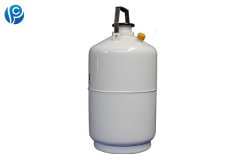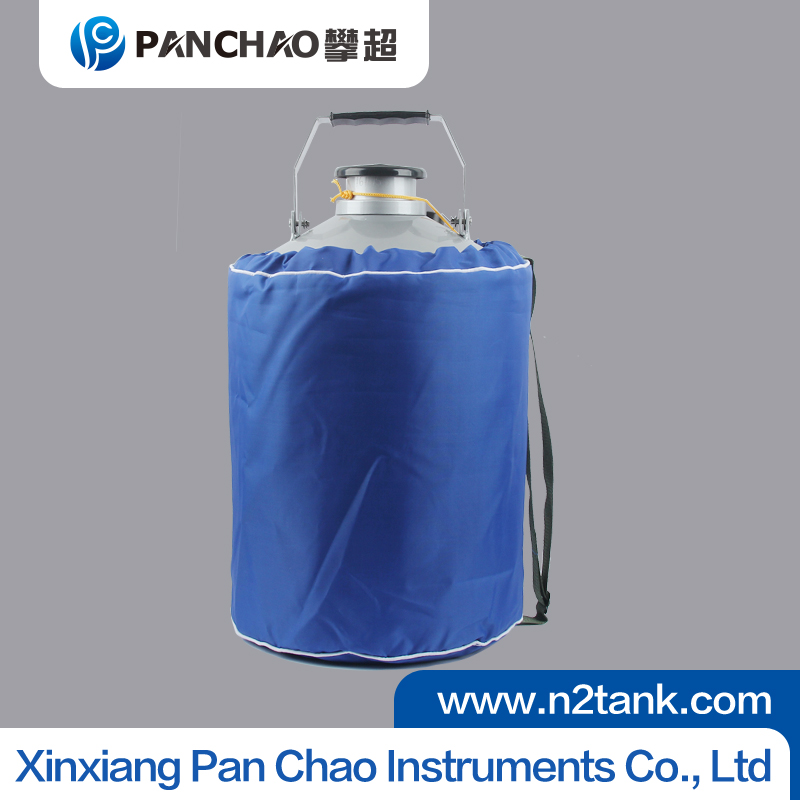Here’s the Right Way to Clean and Defrost for Liquid Nitrogen Tanks
While liquid nitrogen tanks are designed to withstand extreme cold (-196°C), improper cleaning and frost buildup can compromise their performance and safety. Contaminants like dust, spilled samples, or excessive ice accumulation can damage vacuum seals, accelerate corrosion, and even cause structural failures. Follow these science-backed methods to maintain your cryogenic storage system.
1. Why Cleanliness Matters
-
Vacuum Degradation: Dirt particles can scratch neck tubes, breaking vacuum integrity (leading to 2–5× faster evaporation).
-
Biological Hazards: Contaminated surfaces may harbor pathogens from stored samples.
-
Frost Buildup: >5mm ice layers act as thermal bridges, increasing LN₂ boil-off rates by 30%.
2. Step-by-Step Cleaning Protocol
A. Pre-Cleaning Prep
-
Safety First: Wear cryogenic gloves and face shield. Ensure the tank is empty and warmed to room temperature (24+ hours).
-
Ventilation: Work in a well-ventilated area—evaporating LN₂ displaces oxygen.
B. Interior Cleaning
-
Mechanical Removal: Use a nylon brush (never metal!) to dislodge debris from the neck and inner walls.
-
Solvent Wash: For organic residues, wipe with 70% ethanol (avoid acetone—it damages O-rings).
-
Rinse: Flush with distilled water (tap water leaves mineral deposits).
C. Exterior Care
-
Stainless Steel Tanks: Polish with non-abrasive cleansers (e.g., diluted vinegar for water spots).
-
Aluminum Tanks: Avoid acidic cleaners—use pH-neutral detergents.
3. Smart Defrosting Techniques
-
Passive Thawing: Let ice sublimate naturally at room temperature (takes 6–12 hours).
-
Forced Air Method: Use a low-heat hair dryer (≤40°C) held 30cm away to speed up the process.
-
Never:
-
Chip ice with tools (risks denting the inner chamber).
-
Pour warm water into the tank (thermal shock cracks welds).
-
4. Preventing Future Contamination
-
Sample Management: Use sealed secondary containers (e.g., CryoFlex sleeves) to avoid direct LN₂ contact.
-
Regular Inspections: Check for frost weekly—if buildup exceeds 3mm, investigate seal integrity.
-
Storage Environment: Keep tanks in clean, low-humidity areas (RH <60%).
5. Industry Data You Should Know
-
Proper maintenance extends tank lifespan by 3–5 years (based on Thermo Fisher case studies).
-
Labs skipping defrosting see 15% higher LN₂ consumption due to insulation inefficiency.
Pro Tip: For heavily contaminated tanks, professional ultrasonic cleaning services can restore 95% of original performance—cheaper than replacing a $10,000+ unit.
By treating your LN₂ tank like precision lab equipment (not just a "big thermos"), you’ll protect priceless samples and avoid costly downtime. Remember: In cryogenics, cleanliness isn’t just about aesthetics—it’s physics.
Relevant Information
- How to Choose the Right Number of Canisters for Your Liquid Nitrogen Tank
- Key Safety Considerations When Transporting Liquid Nitrogen Tanks
- Don't ignore the accessories of the liquid nitrogen tank
- Why does the liquid nitrogen tank need to be vacuumed regularly? Maintain detai
- How Long is the service life of a liquid nitrogen tank? Starting from materials
- What are the misconceptions when adding liquid nitrogen?
- How long is the service life of a liquid nitrogen tank? Starting from materials
- Is it safe to transport liquid nitrogen tanks? The design of wheels, handles, a
- Does the inner container determine everything? Deep analysis of core components
- Is liquid nitrogen evaporating quickly or not?
Latest Products
- 110m3 double wall cryogenic Liqu
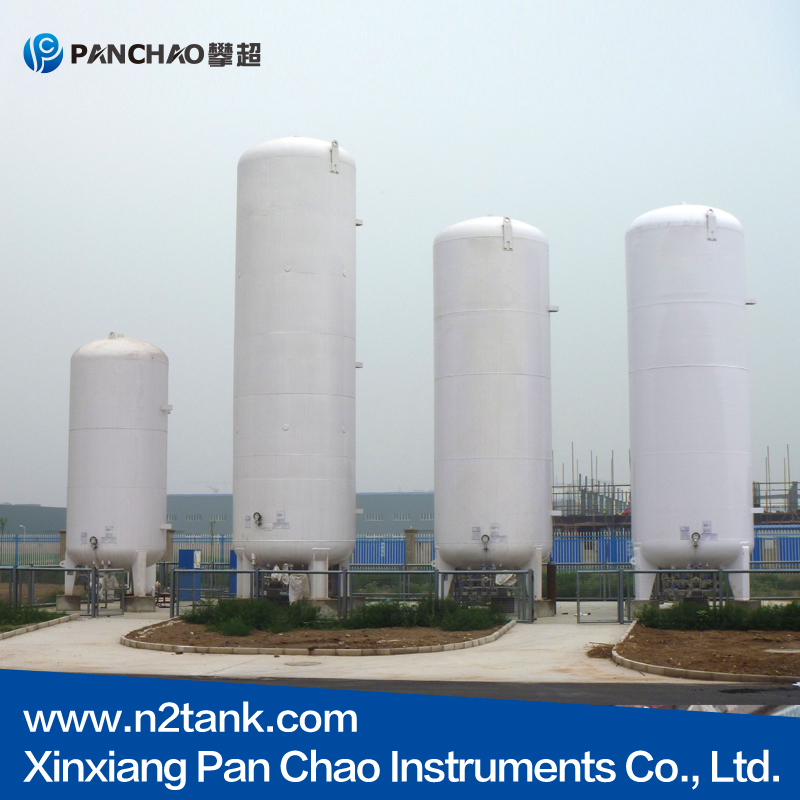
Cryogenic Liquid Tanks are available in vertical or horizonta...[more]
- 2vertical stainless steel pressu
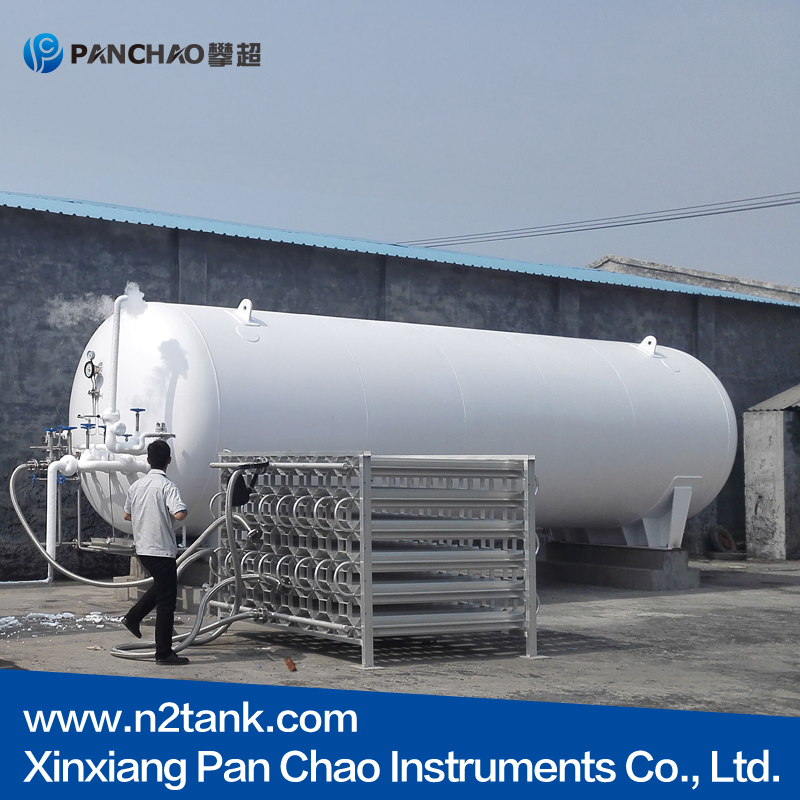
Cryogenic Liquid Tanks are available in vertical or horizonta...[more]
- 310 cubic meters cryogenic Liqui
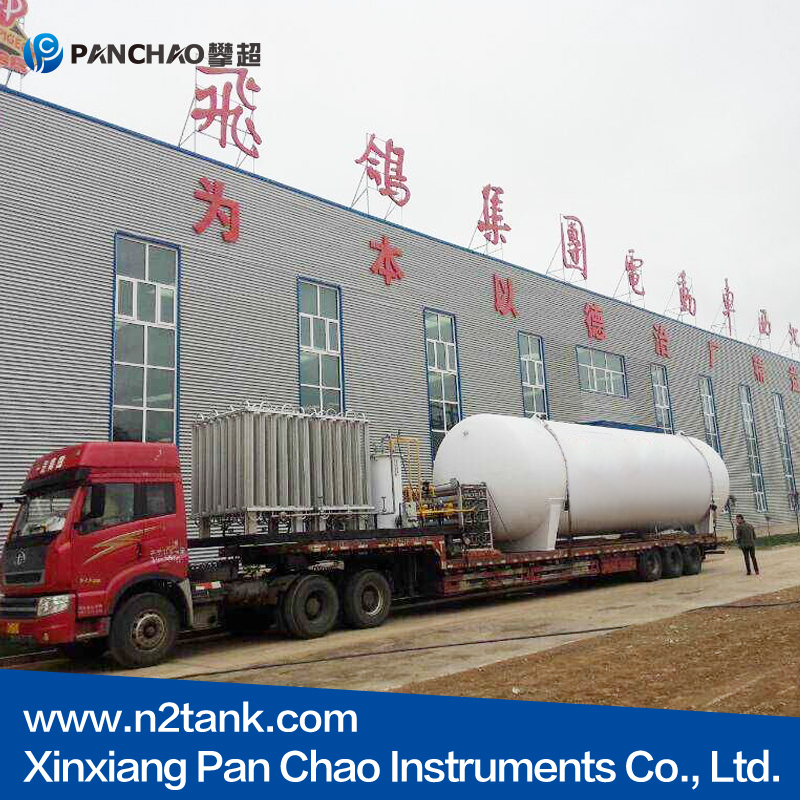
Cryogenic Liquid Tanks are available in vertical or horizonta...[more]
- 4GB150 pressure vessels cryogeni
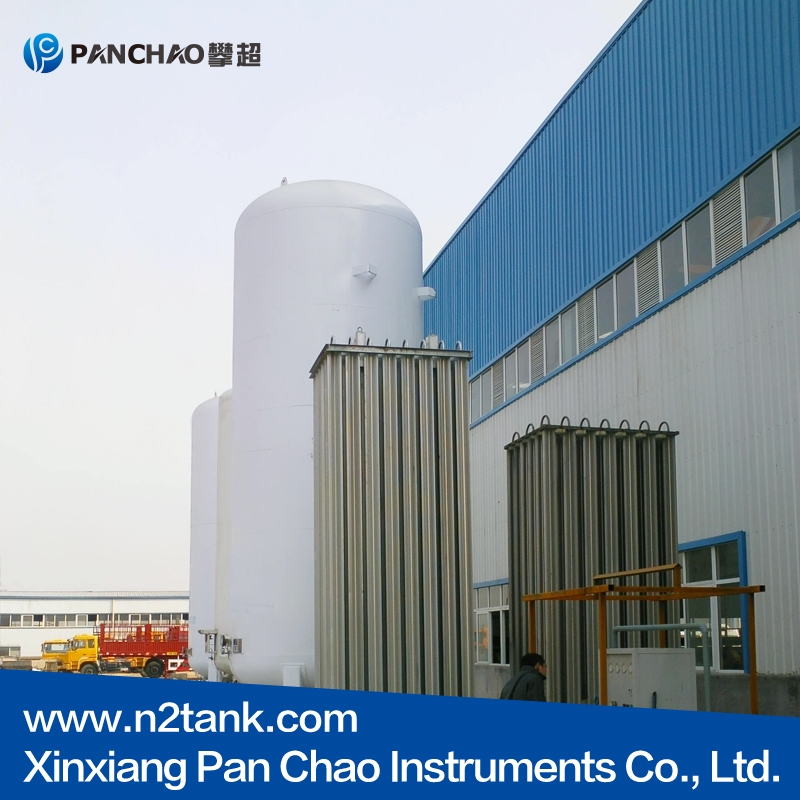
Cryogenic Liquid Tanks are available in vertical or horizonta...[more]
- 5New double Vertical cryogenic L
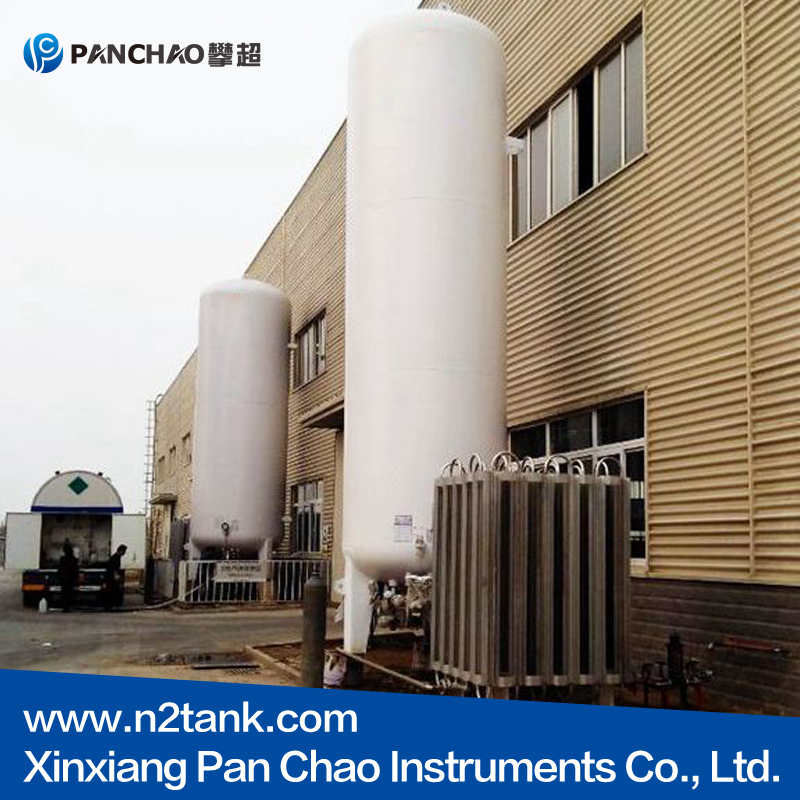
Cryogenic Liquid Tanks are available in vertical or horizonta...[more]
Rankings Of Similar Articles
- How to Choose the Right Number of Canisters for Your Liquid N
- Key Safety Considerations When Transporting Liquid Nitrogen T
- Don't ignore the accessories of the liquid nitrogen tank
- Why does the liquid nitrogen tank need to be vacuumed regular
- How Long is the service life of a liquid nitrogen tank? Start
- What are the misconceptions when adding liquid nitrogen?
- How long is the service life of a liquid nitrogen tank? Start
- Is it safe to transport liquid nitrogen tanks? The design of
- Does the inner container determine everything? Deep analysis
- Is liquid nitrogen evaporating quickly or not?
Latest Information
- Hot sale thawing cup
- Storage of liquid nitrogen tank
- Application of liquid nitrogen tank in heat treatment field
- Liquid nitrogen tank for nitrogen station
- What is the liquid nitrogen tank made of?
- What is the liquid nitrogen tank made of?
- How to safely use liquid nitrogen tanks?
- Hot selling YDZ liquid nitrogen tank
- Environmental protection and sustainability of liquid nitroge
- Hot selling liquid nitrogen tanks in March

